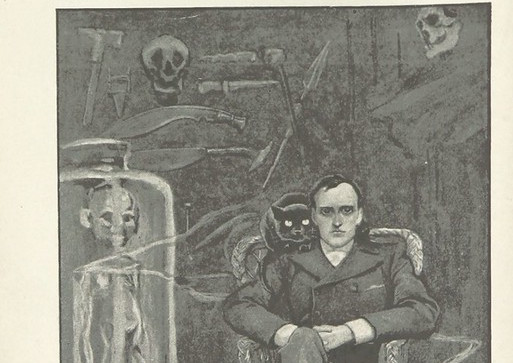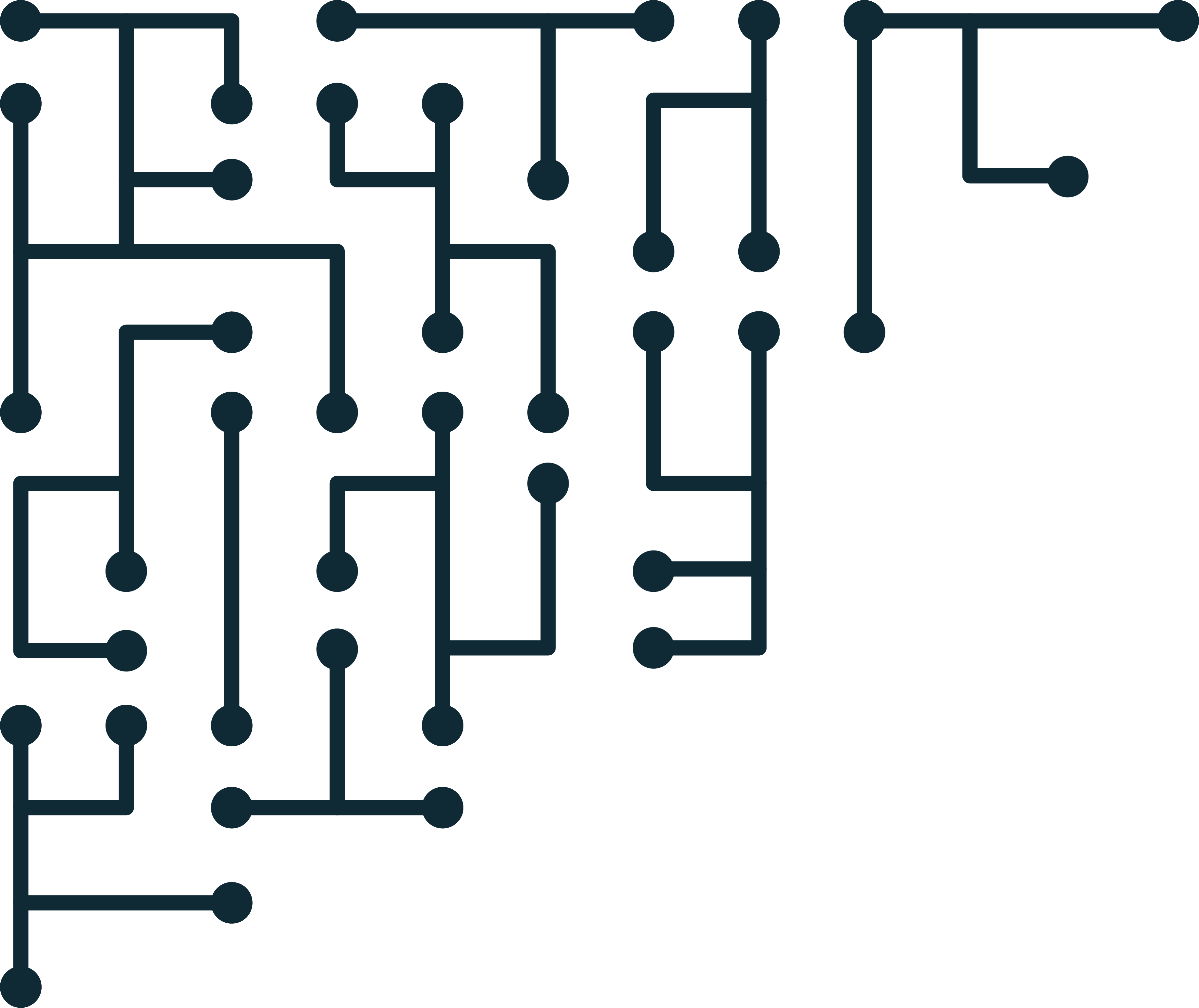A Trick for Undisturbed Writing
- A Trick for Undisturbed Writing
- Cognizance: Recent publications, upcoming/recent appearances, current writing projects, current reading

For the last few weeks, I’ve been inhaling books on writing and habit-building and setting up systems for daily writing. I completed and submitted my first flash fiction story. There is one major thing that made it possible - TK.
In Cory Doctorow’s Context, there is an essay Writing in the age of distraction. The whole essay is short and fantastic for anyone that wants to write anything; however, the section I found the most helpful for myself was Don’t Research.
Now, this doesn’t mean you don’t do any research; instead, when you’re writing, write. A trick, apparently often used in journalism, is to write “TK” at any point where you want to add a fact that needs research.
Why does this work? In a recent story I was writing, I wanted to make sure I used the correct output of a specific command-line tool. While writing, I was tempted to open a browser or terminal and find the answer before I continued. The problem is that finding the correct answer or installing and running the tool would have taken the time I’d allocated for writing that day (we will come to that shortly). What’s more, by the time I returned to the story, I’d have to context switch back to the scene, which means re-reading.
When I got to any point where I wanted to be specific and wanted to make sure the content was correct, I’d add a TK to represent the idea. It was always easy to continue after the TK because I knew where the story was supposed to go. Sometimes I’d have to refer to a prior TK later in the story. No problem, just put another TK and keep going. Let’s talk about time and editing.
Time
Every author I’ve been researching talks about writing every day. They are okay with writing anything, as long as it’s every day. Some people recommend a minimum word count. I tried that and didn’t like it much. Sometimes 500 words flow, and sometimes it feels like a chore. Instead, I do one Pomodoro (about 25 minutes). That time is just for writing, not researching or anything else. Since I don’t have a specific word count to meet, I write more than the goal I set. And if I don’t, no problem.
It is easier to set a time than a goal. This has proven to be much better for my flow.
Editing
When professional writers give writing advice, it’s usually about getting a first draft. What I’ve yet to find is their workflow for editing. Remember all those TKs you’re adding to your story? You fix them in editing. Theoretically, when you sit down at a story you’ve been writing, you may read a few paragraphs and start writing again. You may fix some things while re-reading, but you need to edit. So when does this happen?
For the story I submitted, I wrote the draft with awful spelling, grammar, and TKs all over the place. Once it was at a place that I could call “done”, I used a different Pomodoro session specifically for editing and research. That means the writing session is always used for writing something. If I need to edit, another pomo (and usually several others) is used for editing.
The TKs are usually easy fixes since you know what to include. Run your manuscript through a software tool to help catch spelling and grammar issues. Then read your manuscript out loud. I found more flow issues by reading out loud than I had in the ten times I read it silently.
Biased Reviewers
Once I’d written the story and gotten to a second - or better - third draft, I let people close to me read it. So far, I’ve written technical fiction. The readers could be more technical - and that’s perfect. My reviewers read a lot, but I need to find a different genre or style than I’m writing in. I give them the draft and don’t say anything. They respond like an average reader coming to a new story.
After listening to their feedback, I’ll confirm they can finish it. If they didn’t finish, I’d messed up. If they didn’t understand something, I’d messed up. If they didn’t have fun - or feel something - I’ve messed up. Luckily, you have to get to the point with flash fiction and short stories, so finishing is still a challenge. How can you get average readers to finish if you can’t get your biased reviewers?
With technical stories, it’s easy to overwhelm the reader and make them want to stop, even in short stories. My readers said they didn’t understand the jargon but could get what was happening. That’s perfect. They don’t need to know exactly what Outguess is, but I better give them enough context and breadcrumbs that they don’t need to.
I’m fortunate that one of my biased reviewers prefers to read out loud. I sent it to them when I was in earshot, and when they read it, I made a mental note of where reading was difficult. Those are the areas that need fixing for the fourth/fifth draft.
Final Draft & Edits
Most outlets for fiction seem to prefer the Shunn format for manuscript submission. Coming from academic writing, Shunn is extremely simple. I use a plain text editor, so I needed to make a basic template for Shunn and copy and paste the text.
You will need to ensure everything is formatted correctly and fix the spacing. However, this is the perfect time to have yet another read-through. At this point, I mostly changed word choice, but I also found a sentence I’d always been happier with. The final run-through made that sentence stick out much more, and I had to fix it.
If you find yourself editing much in your Shunn format, your story needs another round of edits. Or you could just be overthinking it. Go for another round of edits if you feel like it, then submit and see what happens.
https://lifehacker.com/use-tk-while-writing-to-avoid-the-webs-black-hole-5129153

Cognizance
Currently writing:
- “Feelings” A short story about a clairvoyant bird. IN PROGRESS
- “Directed creative” A lit composition teacher of the near future. PLANNING
- “Hashdeep” A CTF-style flash fiction about a NOC analyst investigation. SUBMITTED (726 words)

This work licensed under a Creative Commons Attribution 4.0 license. That means you can use it any way you like, including commercially, provided that you attribute it to me, Joshua James, and include a link to ThinkingForest.org.
https://creativecommons.org/licenses/by/4.0/
Quotations and images are not included in this license; they are included either under a limitation or exception to copyright, or on the basis of a separate license.
How to get ThinkingForest
Blog (no ads, tracking, or data-collection):
Medium (no ads, paywalled):
https://thinkingforest.medium.com
(Latest Medium column: ‘The Secret to Cory Doctorow’s Memex)


